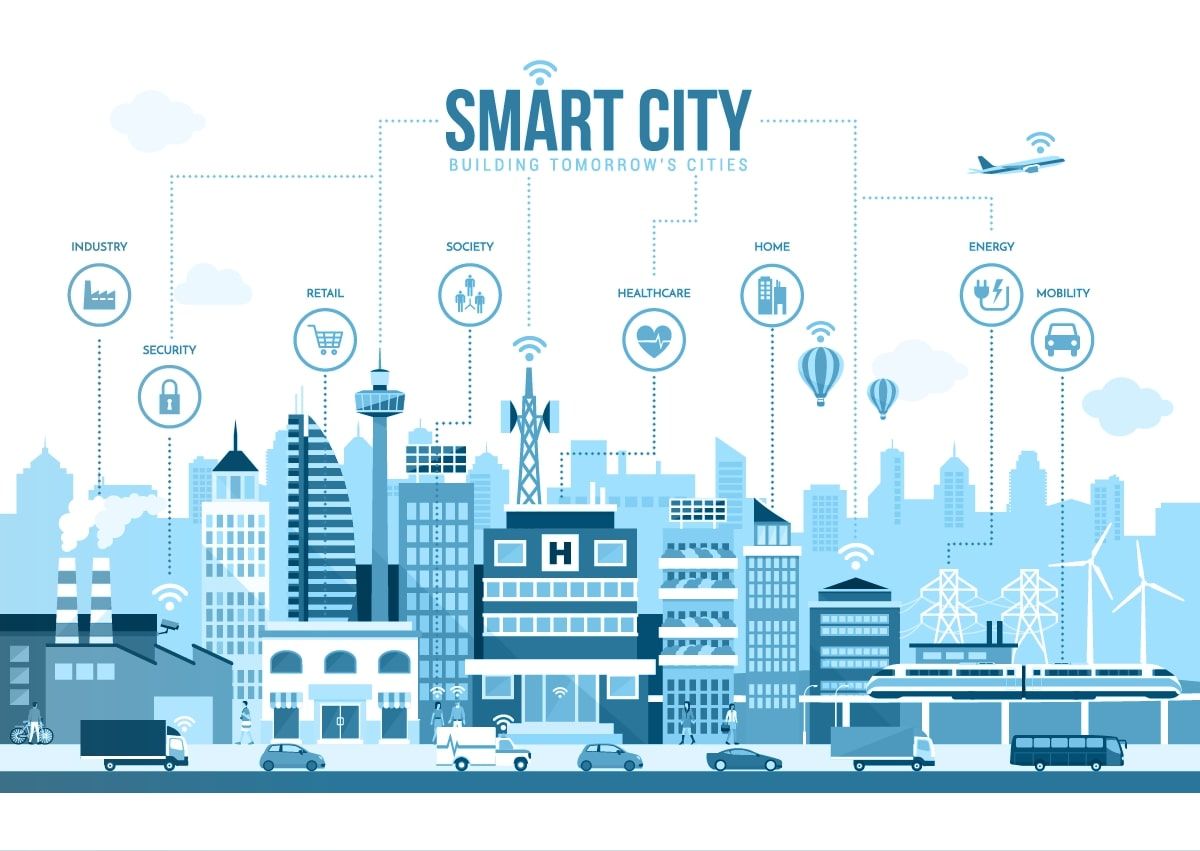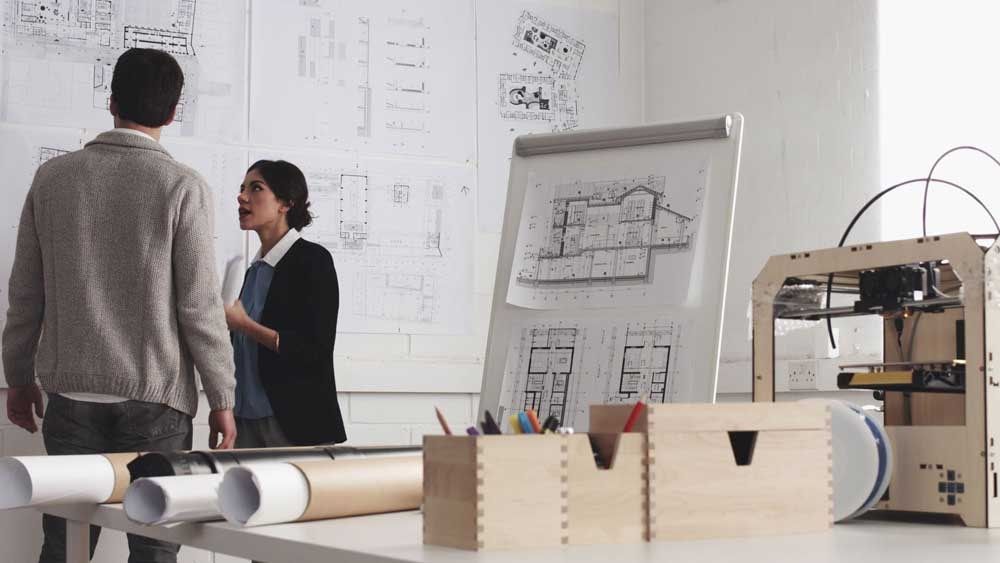Join thousands of people who organise
work and life with Novatr.
8 Exciting Career Opportunities in Computational Design Field
Thet Hnin Su Aung
7 mins read
May 01

Careers in Computational Design Field
1. Computational Designer

Buga Fibre Pavilion (Source: https://www.icd.uni-stuttgart.de/)
Perhaps the most common career, the role of a computational designer applies to both AEC and the design industry, with jobs available from Adidas to Gensler. This role provides computational design input in all stages, from design ideation to documentation. Moreover, depending on the field, the responsibilities can be various; they may be a part of the design team and assist with analyses, ideation, modelling and visualisation or develop strategies and toolsets that will aid the firm in design creation workflows. Knowledge of other coding programs may be required.
2. Architectural Design Specialist (Changed from architectural & design specialist)
Architectural design specialists are quite similar to computational designers. However, they will focus solely on computational design for architecture and design projects, and so they will and must have vast architectural knowledge and experience. A building, or a structure, must be analysed and evaluated from all aspects before finalising for real-life construction. With the use of tools such as Grasshopper and Rhino, an entire project or an element like a facade can be created in numerous variants to find a responsive and buildable option.

3. Software Solutions Developer
As a software developer, the responsibilities would lie less with the actual design work since the computational design is based on developing with computer software. Instead, one will work on creating tools and applications that will aid in the design process, produce analysis or make more sustainable decisions. There are firms within the AEC industry that develop their own toolsets for workflow. Or one can also opt to develop upgrades and plugins for other tools and software like Revit and Grasshopper.
4. Smart Cities Consultant

Smart City Concept (Source: https://www.sensoworks.com)
With the influx of new residents in cities, along with it the expectation and the need for infrastructure, budget issues and need for sustainability, the design of smart cities is becoming increasingly necessary. This is where smart city consultants come in, utilising technology to create smart sustainable services with a citizen-centric ethos. As with most AEC projects, designing smart cities will involve many stakeholders and this consultant will come up with a framework for efficient delivery. The computational design allows the process of storage and conversion of acquired data into useful centralised information. In addition, the need for cutting edge real-time data analytics is a must for smart cities, a feat possible only with computational design.
5. Urban Data Analyst

Urban analyses and simulations by students of IAAC for various cities worldwide (Source: https://iaac.net/)
New trends, platforms and tools have opened new possibilities in analyses to design, evaluate and manage urban areas. Especially with the birth of Big Data, data that is too large and complex to be processed by conventional applications, urban data analysts will translate all that analytics data into simplified and valuable information that can be understood by all stakeholders. Further ventures can be taken to working with sensors and automation systems with the knowledge of IoT (Internet of Things).
6. Design Technology Manager
A design technology manager, a role at the convergence of BIM and computational design, will focus on the organisation and execution of digital modelling and/or BIM through all design phases. Hence, expert knowledge of Revit, along with Dynamo and/or Rhino, is essential, in addition to working knowledge of other design applications. A design technology manager will also have to identify and develop design solutions and tools to address project needs efficiently.

7. Digital Fabrication and Smart Manufacturing Specialist

Silk Pavilion by Mediated Matter Lab, MIT (Source: https://www.media.mit.edu/)
Digital fabrication is a growing field within the design industry. Computational design allows endless possibilities and actual fabrication that has never been done before using machines. The idea of 3D printing is no longer a thing of the past; now pretty much anything can be 3D printed, even a house! There are engineering and design firms that focus on manufacturing, like MX3D, that look for 3D printing and design talents or opt to work in research firms and universities. The main job scope is to design, prototype and fabricate products, ranging from joints and facades to whole bridges. The works of Mediated Matter Lab and Self Assembly Lab at MIT are some good examples of digital fabrication wonders.
8. Gaming Environment Developer

Overwatch Environment
This is an exciting field that can encompass the love of games and architecture, again, made available with the aid of computational software. As it is all digital, the use of computational design is a must to open the doors to otherworldly realms of games. The game developer will sculpt and simulate the environment with complex frameworks, codes and designs. When we are talking about the gaming environment, it is hard to omit Metaverse, the new hottest buzzword that is a virtual playground stemming from the gaming industry. Sandbox and world-building games, such as Minecraft and SimCity putting the power of creating an imaginary world in the hand of the player, have been generationally popular for decades.

There are still more emerging career opportunities in computational design as it is being rapidly implemented across various industries. Technology is always developing, it is necessary to be so, and the world must move forward together with it. Enter the world of computational design by joining the Parametric Modelling Certification Course with Novatr.
Join 100,000 designers who read us every month


